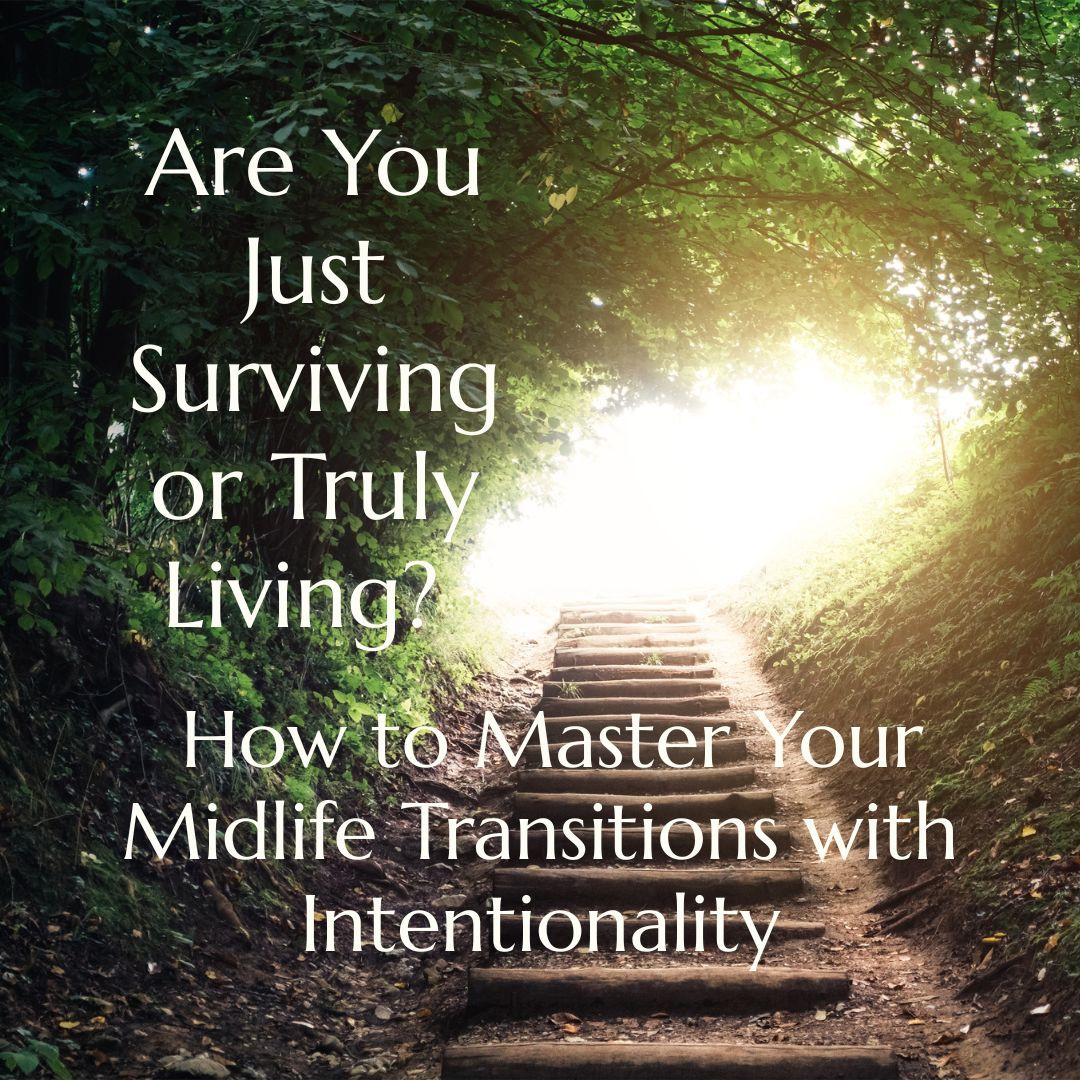
Has a seismic shift recently rocked your world, leaving you feeling like you’re caught in a powerful current, unable to find your footing? Perhaps you’re grappling with the raw aftermath of a divorce, the profound silence of an empty nest, a health crisis that’s altered your reality, or the aching void left by the loss of a loved one.
These aren’t just events; they are profound life transitions that can leave you feeling lost, rudderless, and disconnected from the person you once were. You might find yourself battling internal voices of doubt, questioning your worth, or simply feeling overwhelmed by the sheer uncertainty of what comes next.
This feeling of being stuck, lacking direction, or constantly battling an inner turmoil isn't a sign of weakness; it's a completely normal, human response to the immense grief of losing a past identity and the fear of an unknown future. It’s natural to wonder if you’ll ever rediscover your purpose or feel joy again. But what if understanding the deeply ingrained patterns of your brain during these times could not only help you navigate your current midlife transition but also equip you for every significant change that life throws your way, now and in the future?

This post will illuminate the three distinct phases of how we operate – survival mode, autopilot, and intentional living – revealing the neuroscience and psychology behind each.
You'll gain a profound understanding of why you react the way you do, learn how to move through these phases with greater ease, and discover how to consciously choose your path, transforming moments of crisis into catalysts for profound personal growth.
Even in the midst of immense change,
you possess the innate capacity
to create a truly fulfilling future.
When Life Hits Hard:
The Necessity and Peril of Survival Mode in Transition
 Have you ever faced a sudden, overwhelming life event and felt your body and mind immediately go into overdrive, a primal instinct taking over? Perhaps it was the moment you received a difficult diagnosis, signed divorce papers, or the quiet grief after packing the last box for your child leaving home.
Have you ever faced a sudden, overwhelming life event and felt your body and mind immediately go into overdrive, a primal instinct taking over? Perhaps it was the moment you received a difficult diagnosis, signed divorce papers, or the quiet grief after packing the last box for your child leaving home.In these pivotal midlife transitions,
your brain isn't just reacting;
it's entering what we call "survival mode."
This isn't a conscious choice; it's your ancient brain, specifically the amygdala – your body's alarm system – detecting a profound threat to your safety, identity, or emotional well-being. It triggers the sympathetic nervous system, flooding your system with adrenaline and cortisol, initiating the well-known "fight, flight, or freeze" response. This is why, in the immediate aftermath of a major life change, you might find yourself acting impulsively, struggling to focus, or feeling utterly exhausted yet wired.
The sophisticated part of your brain responsible for rational thought and long-term planning, the prefrontal cortex, momentarily takes a backseat to these more primal, reactive functions. This is not only normal but, in the short term, profoundly healthy – it's your brain's ingenious way of protecting you during acute stress, allowing you to manage the immediate shock and navigate the initial turbulence.
However, while survival mode is a necessary initial response, prolonged residence here can be incredibly debilitating. Your body isn't designed to sustain this heightened state indefinitely. Remaining in survival mode can lead to chronic anxiety, persistent sadness, profound fatigue, and a deep sense of being overwhelmed, constantly battling limiting beliefs and negative self-talk.
It's like constantly running on an empty tank,
but perpetually being revved at the same time.
You might tell yourself, "I just have to get through this," or "I don't have time to deal with my feelings right now." But neglecting this phase means you're simply enduring, not truly healing or moving forward. The key isn't to avoid survival mode – it's an inevitable part of significant change – but to recognize its grip and understand when it’s time to actively seek a path out.
How do you know?
🎯 When the initial shock subsides,
yet the feelings of being lost, stuck, or perpetually exhausted linger.
🎯 When you find yourself continually replaying painful memories
or feeling a constant sense of fear about the future.

If you feel trapped in this emotional or mental loop, know that help is available. A Midlife Transitions Coach, for example, can provide a safe space and practical tools to gently guide you through the processing of grief and loss, helping you navigate the uncertainty and begin to reclaim your inner strength. This crucial awareness is the first step towards transforming your experience of transition.
The Subtle Influence:
Navigating the Autopilot Phase
Once the intense grip of survival mode begins to loosen, many of us, almost without realizing it, drift into the "autopilot" phase. Think of your brain as a brilliant engineer, always seeking efficiency and energy conservation. It loves routines and habits because they minimize decision-making, allowing you to move through your day without constantly expending conscious effort.
 This is where your brain's "default mode network" (DMN) shines – it’s active during those moments when your mind wanders, when you perform routine tasks like driving your familiar commute, or when you’re engaging in habitual responses. And in many ways, this is a very good thing!
This is where your brain's "default mode network" (DMN) shines – it’s active during those moments when your mind wanders, when you perform routine tasks like driving your familiar commute, or when you’re engaging in habitual responses. And in many ways, this is a very good thing!Autopilot frees up precious mental energy. It provides a sense of predictability and reduces the constant "fight or flight" of survival mode, offering a much-needed respite from intense emotional strain. It allows you to function, to manage daily responsibilities, and to simply exist without constant mental taxation.
However, the beneficial aspects of autopilot can become a subtle trap if we allow it to govern all aspects of our lives, particularly during a major midlife transition.

While it’s great for routine tasks, staying on autopilot means you're not actively engaging with your deeper self, your true desires, or the profound personal growth that is possible in times of change. You might find yourself simply going through the motions, feeling disconnected, or passively allowing life to happen to you instead of actively shaping your future.
The danger here is that true self-discovery, rediscovering your identity and purpose after a major shift, demands conscious engagement. It requires intentional thought, reflection, and proactive steps. If you’re constantly relying on ingrained patterns and subconscious decisions, you're essentially repeating your past rather than building a fulfilling future.
You might feel a persistent, low-level dissatisfaction, a lack of joy, or the sense that something is missing, even if you can't quite put your finger on it.
You might think, "I'll deal with that later," or "I'm too busy right now." But these internal objections keep you stuck. A Transitions Dynamics Specialist can help you identify where you're on autopilot and, more importantly, why, guiding you to consciously choose when to lean on habit and when to intentionally engage for profound growth. Developing this awareness of your autopilot tendencies is key to unlocking your potential and embracing the next chapter of your life.
Stepping Into Your Power:
The Transformative Journey to Intentional Living
So, you've navigated the immediate storm of survival mode and recognized the comfortable hum of autopilot. Now, the most empowering phase awaits: intentional living.
 This isn't just a concept;
This isn't just a concept; it's where the profound magic of
true personal development and self-mastery unfolds.
Intentional living is about making deliberate, conscious choices that are deeply aligned with your evolving values, renewed desires, and authentic goals. It’s about being fully present, deeply engaged, and actively shaping your life rather than passively reacting to circumstances.
When you embrace intentional living, you're fully utilizing your prefrontal cortex—the part of your brain responsible for executive functions like planning, problem-solving, self-awareness, and self-regulation. This is where you reclaim your power to create a fulfilling future.
It's about setting meaningful goals, building unwavering confidence, and experiencing the profound satisfaction of truly living your purpose. This phase isn’t about striving for constant accomplishment; it's about fostering deep emotional intelligence, cultivating unwavering resilience, and truly understanding and embracing who you are becoming after a significant midlife transition.
Intentional living is where you find your joy,
not just momentary happiness.
The beautiful truth is that intentional living doesn't mean being "on" 24/7. Just as your brain benefits from autopilot for routine tasks, it also needs moments of less intense conscious engagement to prevent burnout and decision fatigue.
The art lies in finding the perfect balance: strategically choosing when to engage with intention—for significant decisions, fostering meaningful connections, or pursuing your passions—and when to allow established routines and habits to carry you through less critical moments.

This harmonious blend empowers you to proactively address challenges, minimizing the need to fall back into reactive survival mode, and ensures that autopilot serves you, rather than letting you drift aimlessly.
You might have doubts, thinking, "I'm too old to change," or "I've tried before and failed." But these are simply limiting beliefs, not reflections of your true capacity. With conscious choice, guided by a framework like the stages of change, you can learn to harness your brain's inherent patterns, navigate your midlife transitions with greater ease, and truly step into a life filled with meaning, purpose, and unshakeable joy, not just now, but for every transition yet to come.
The journey through life's transitions—from the initial shock of survival mode, through the routines of autopilot, and ultimately to the empowering space of intentional living—is a profound path of self-discovery.
You are not alone in feeling lost or unsure of where to begin. Understanding these phases of your brain's operation provides a powerful roadmap, offering clarity and a sense of normalcy in the face of immense change. Knowing that you can consciously influence your experience, that there are tools and support available to help you move forward, is the first step towards reclaiming your power.
To understand exactly where you are in your current journey
and how these phases of the brain's operation align with your personal experience of change:
My FREE Cycle of Change Guide.
This invaluable resource will help you assess your current stage of transition
and provide insights into moving forward with clarity and purpose.
Until next time, take care of you & yours,
Casey
*The information provided on this website, including blog posts, articles, and other content, is for educational and informational purposes only and does not constitute professional advice. The information shared here also is not a substitute for individual coaching sessions or a client-coach relationship. Always consult with a qualified professional for any specific concerns or before making any decisions. No guarantees are made regarding any specific outcomes or results from using the information provided on this website.
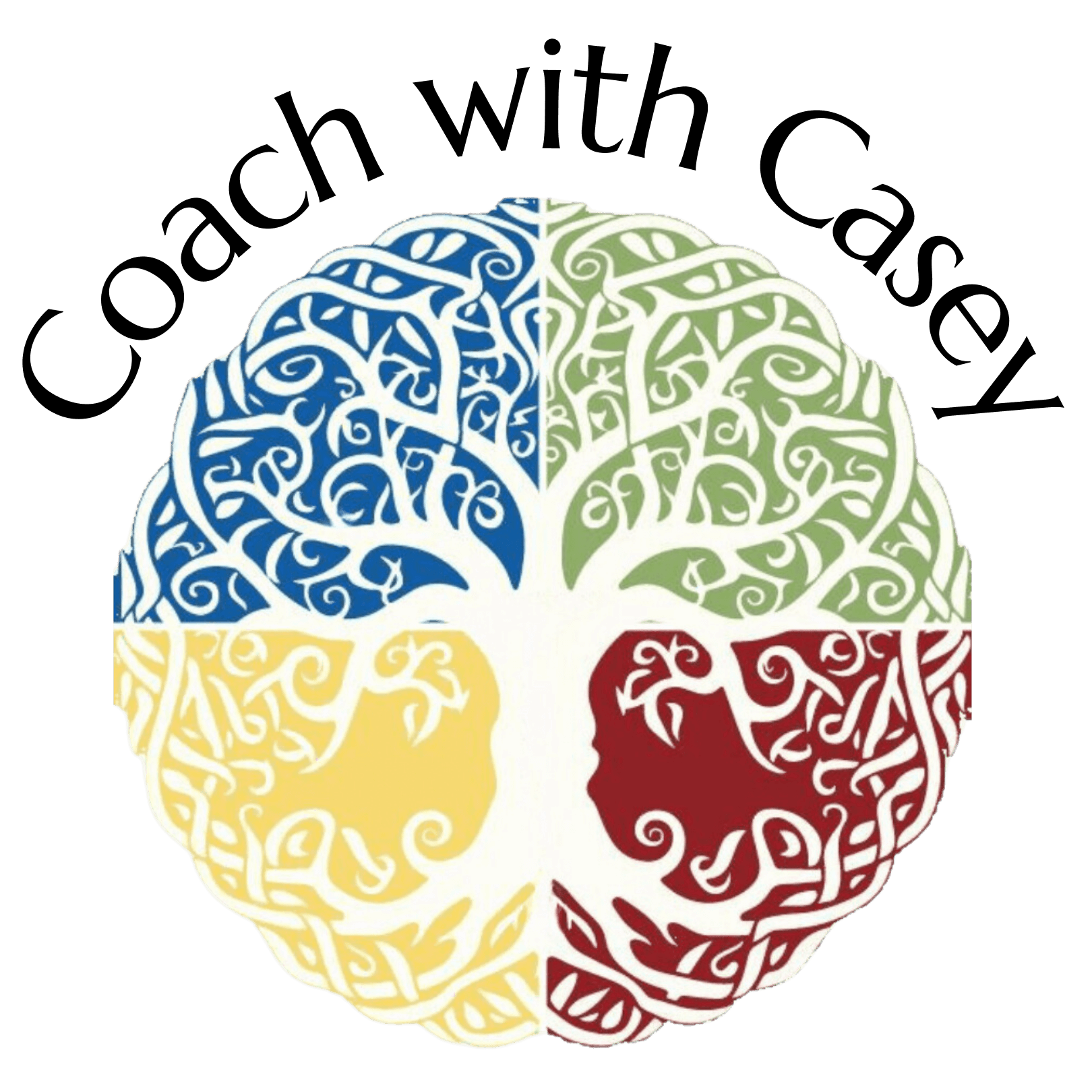
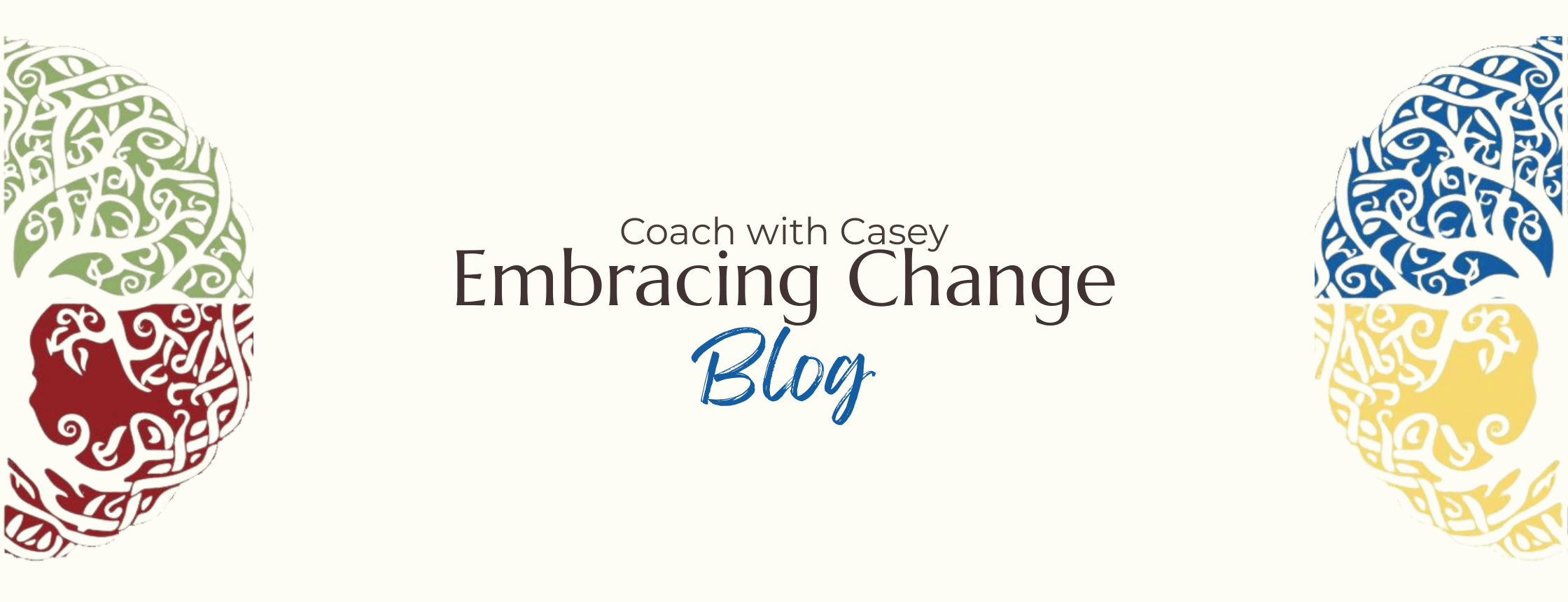
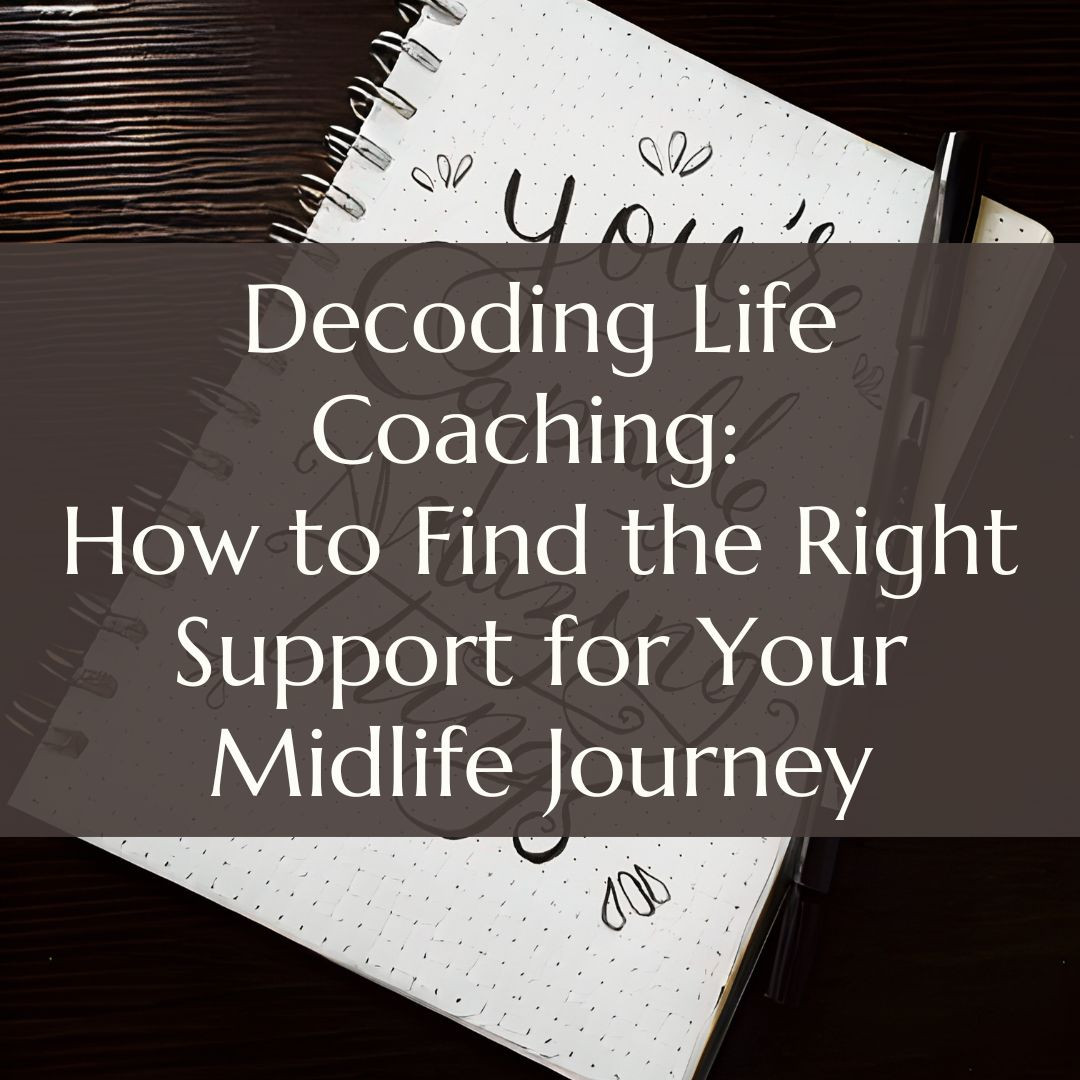

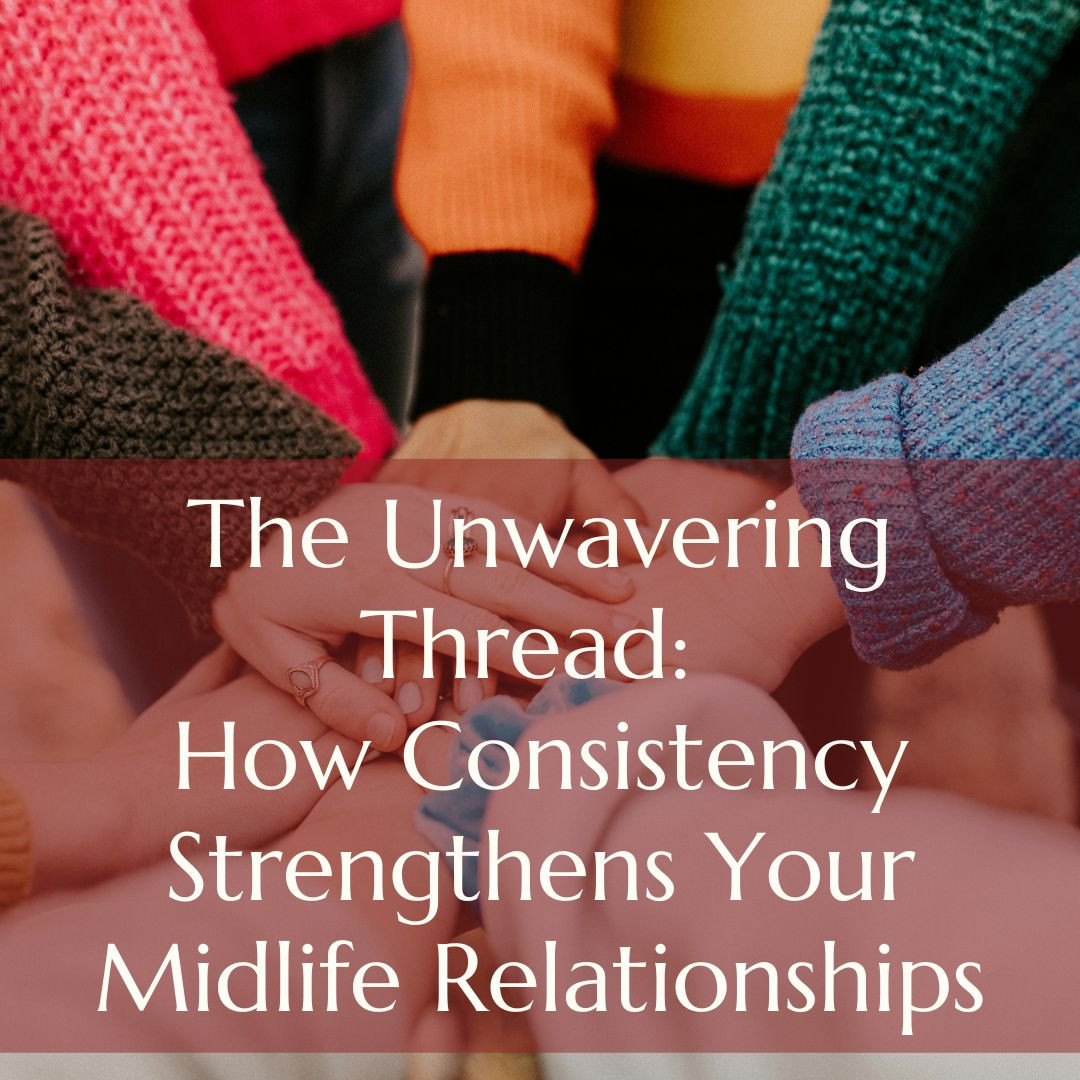
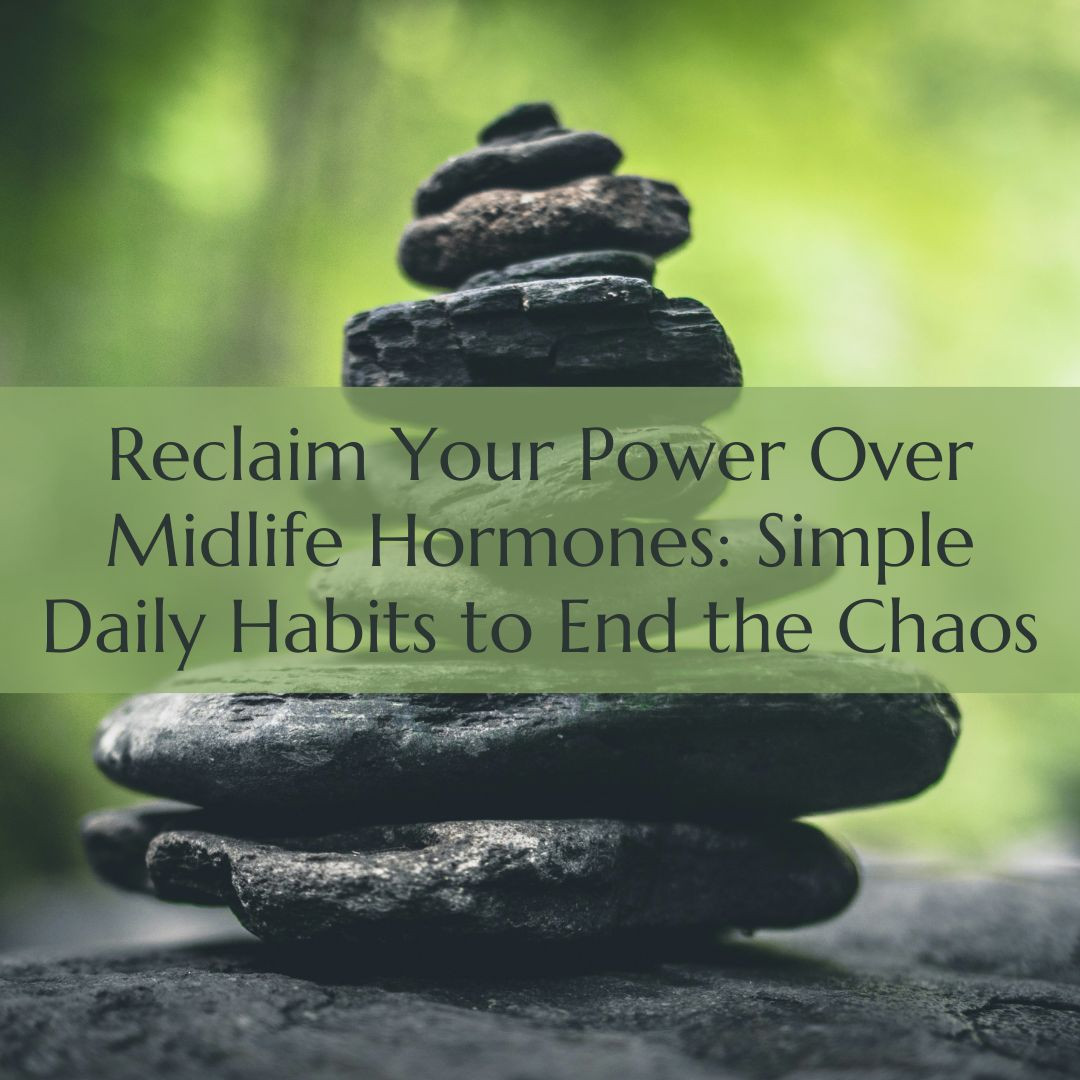
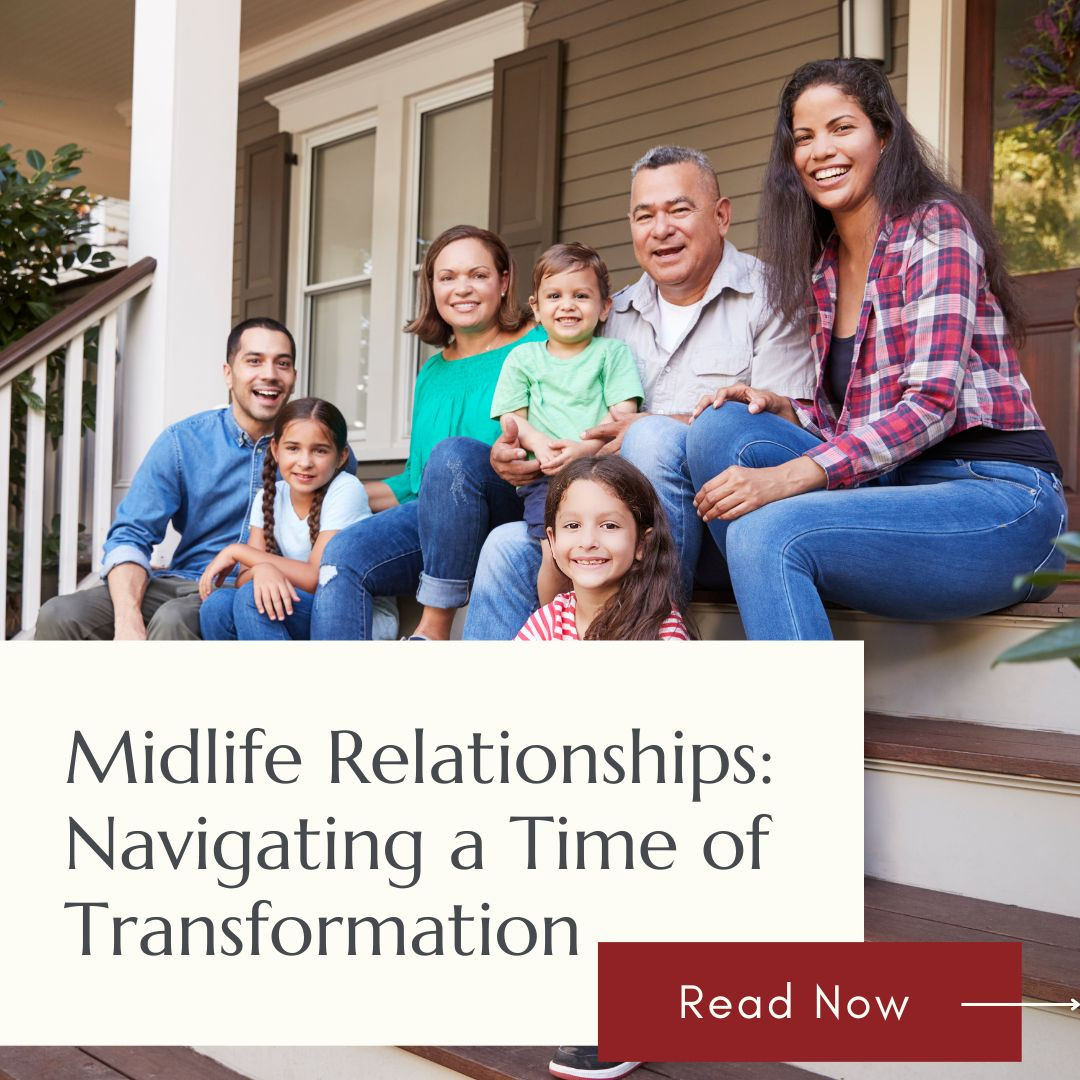
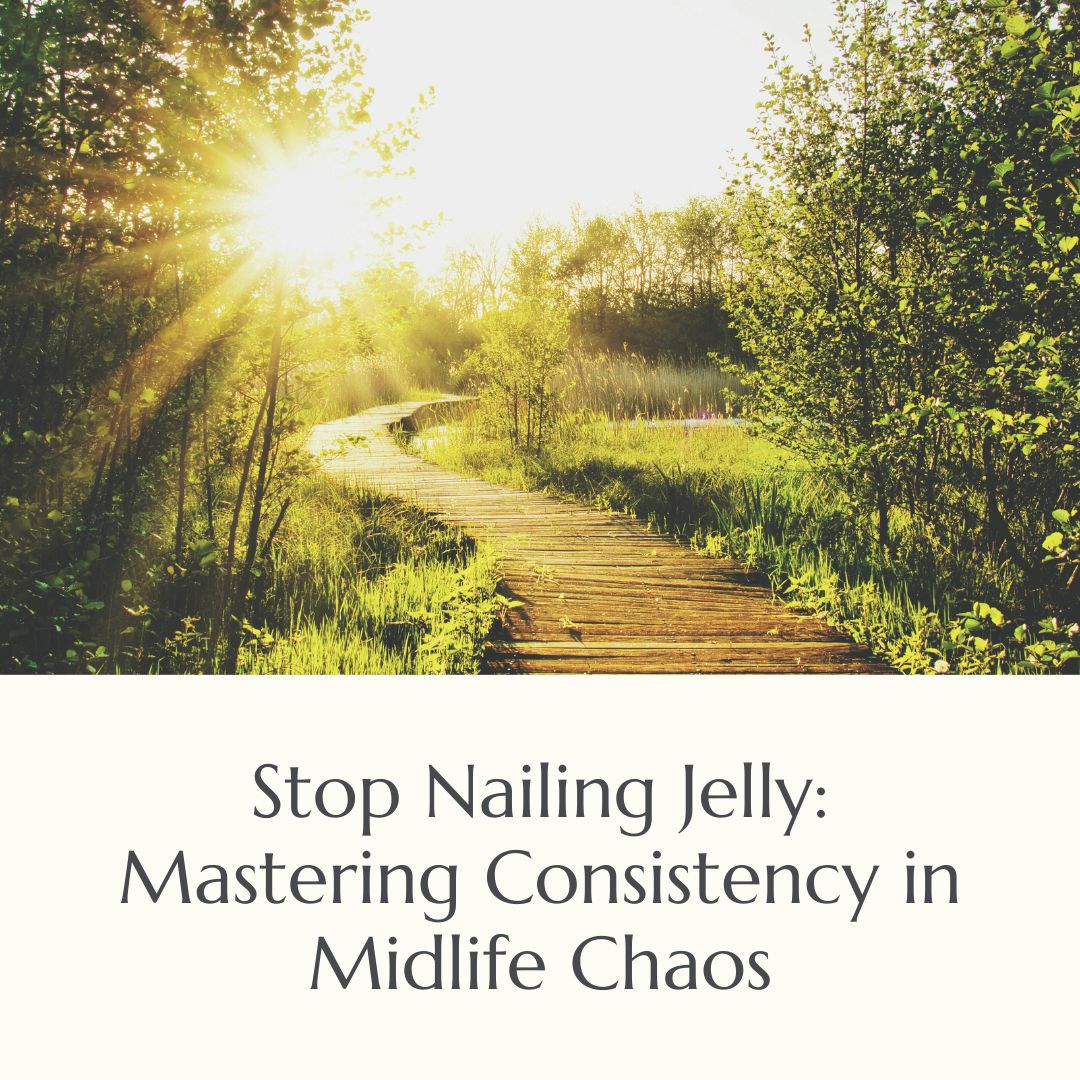
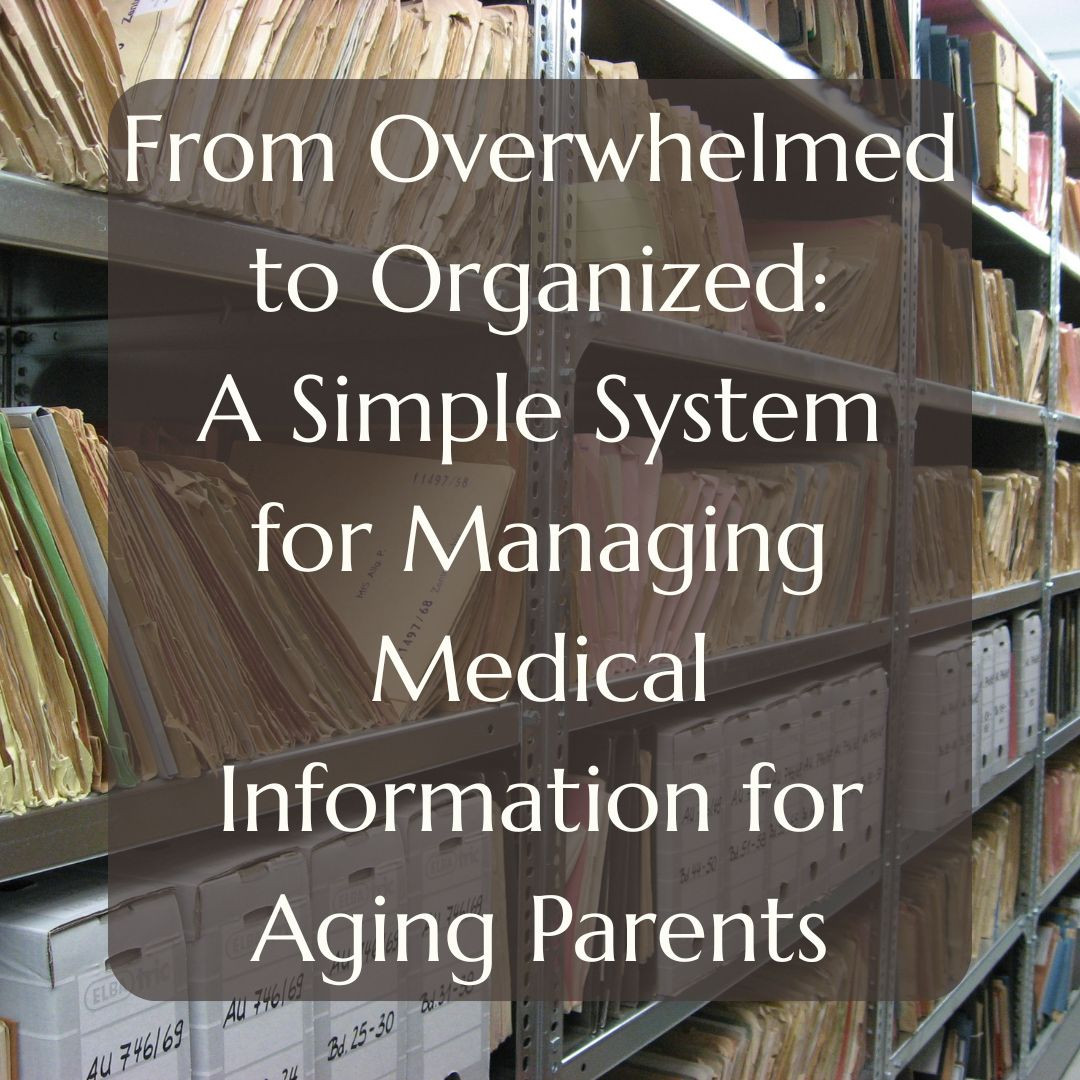
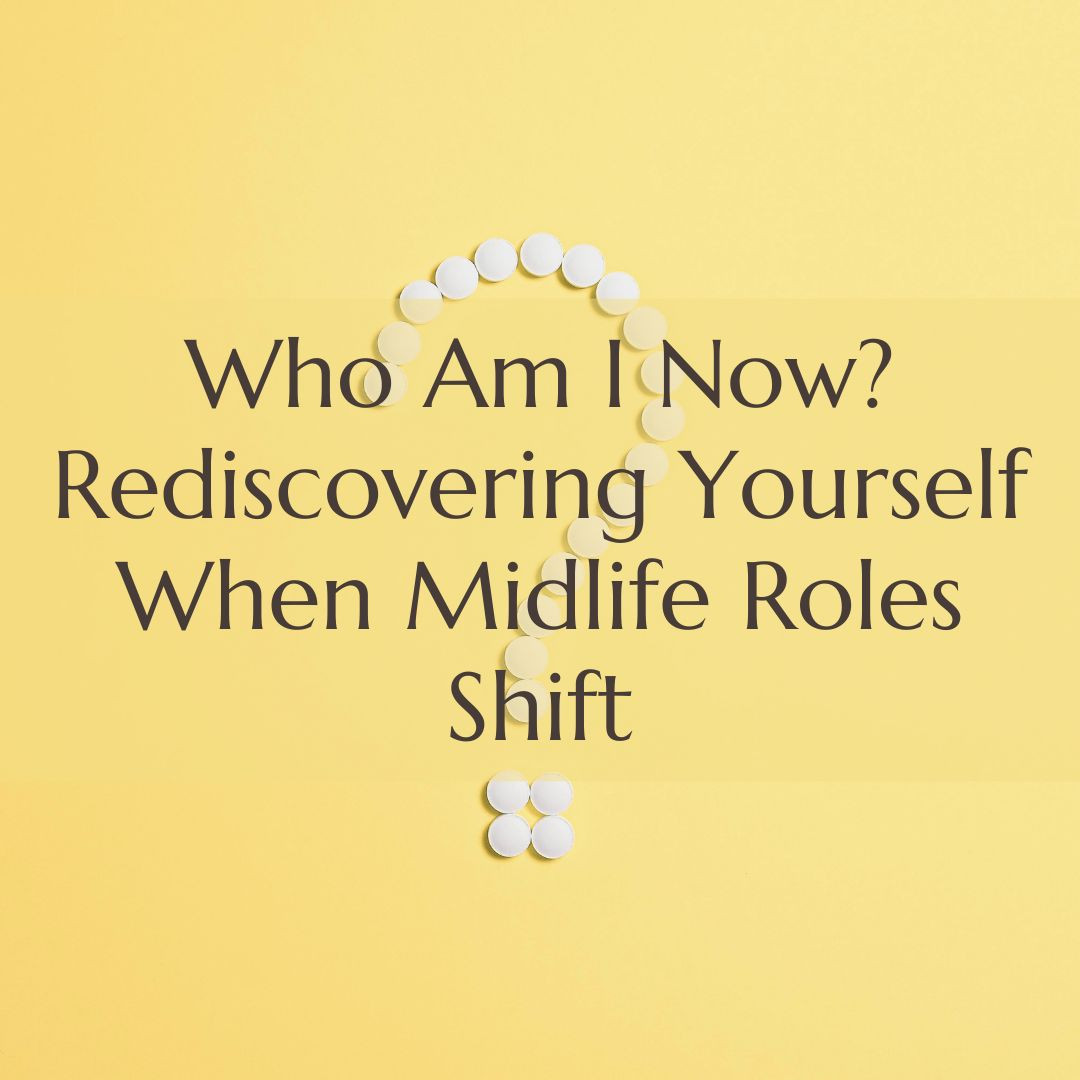
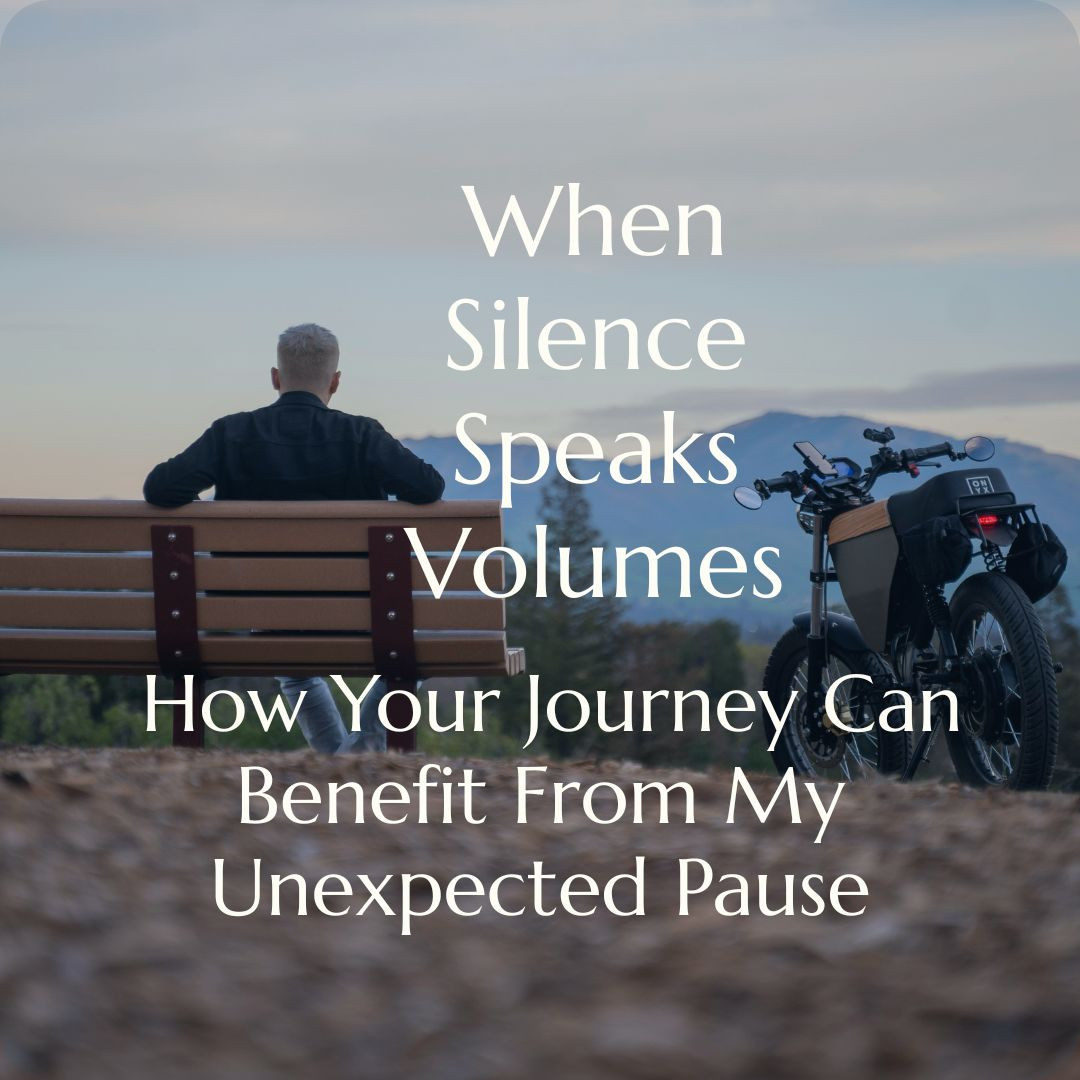
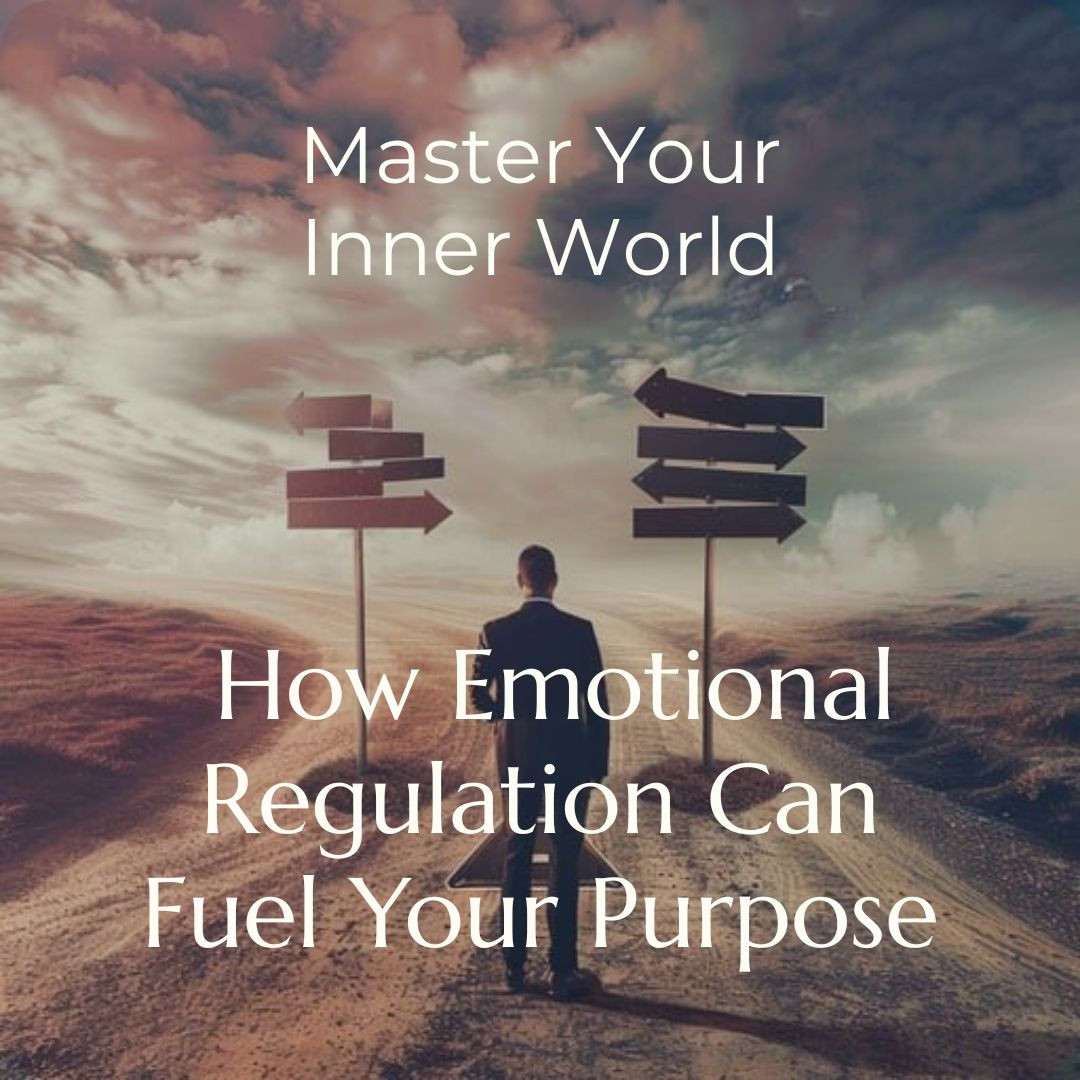
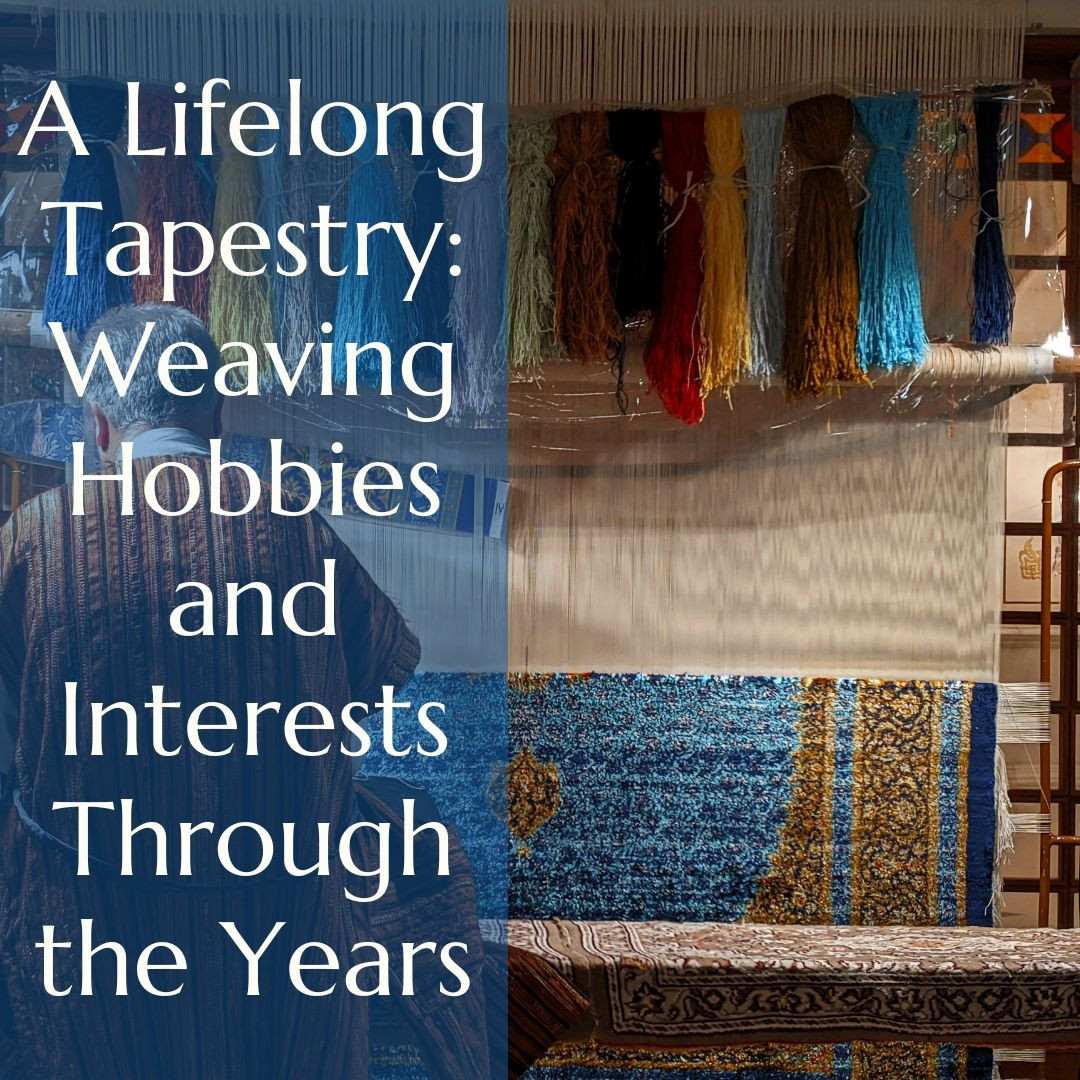
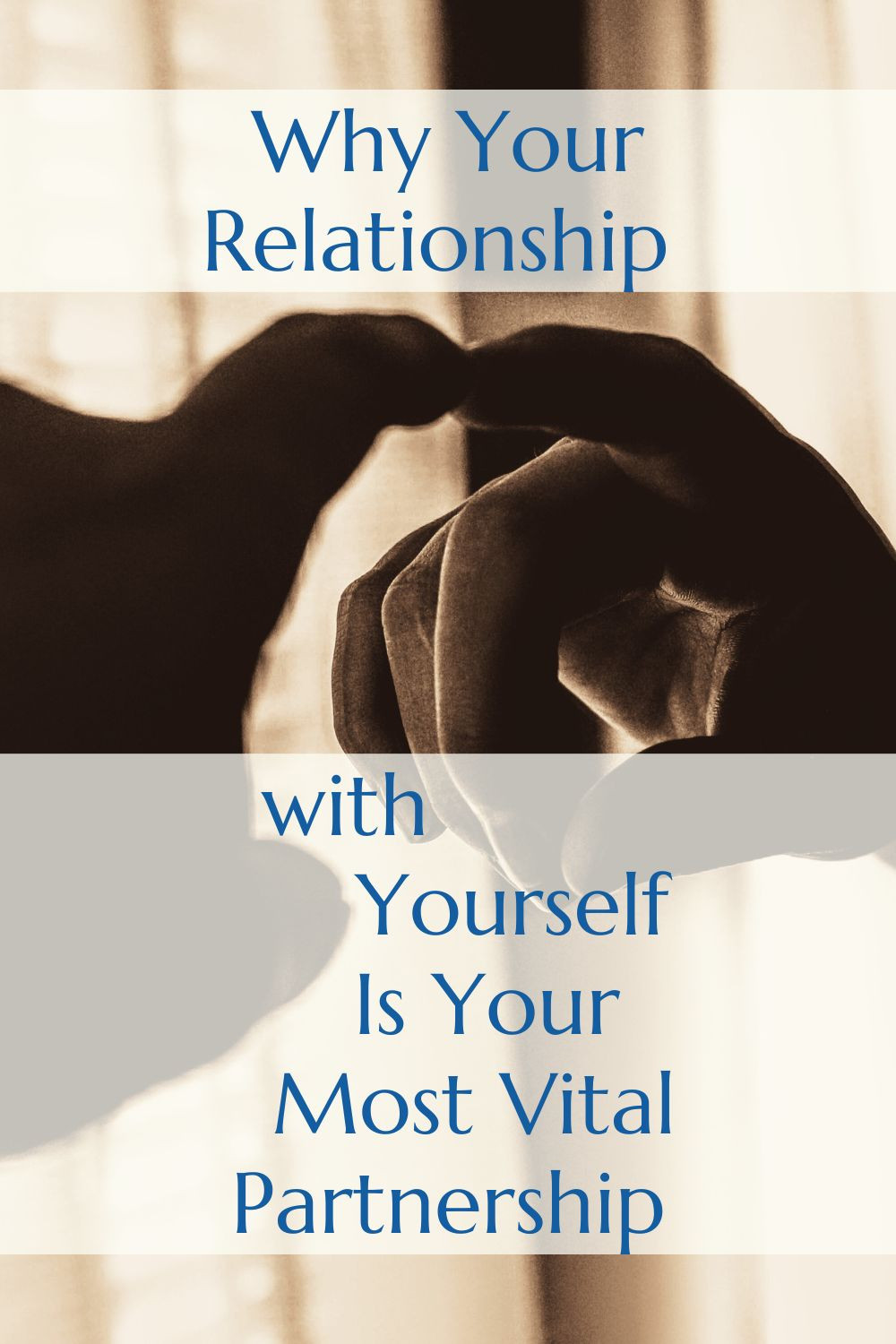
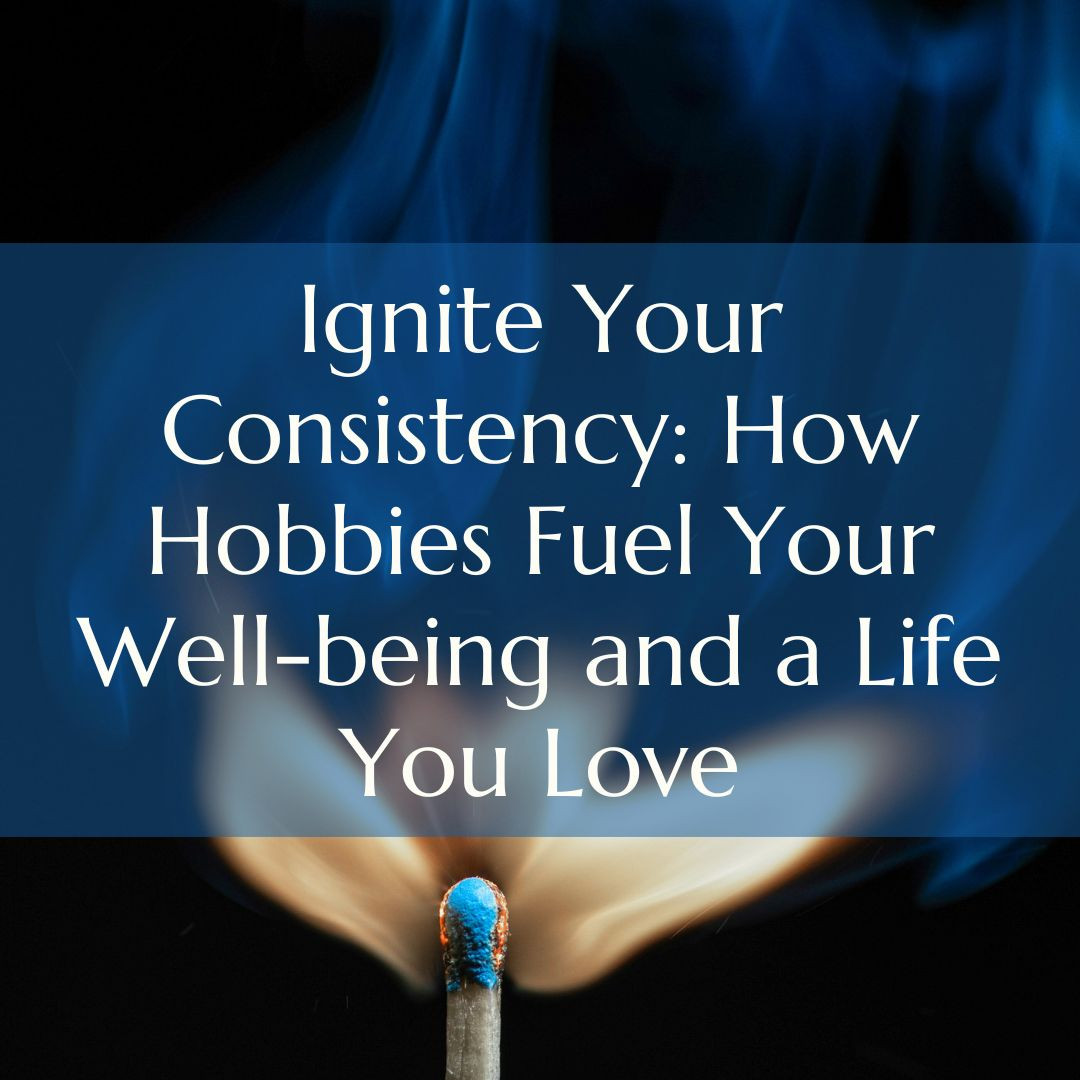
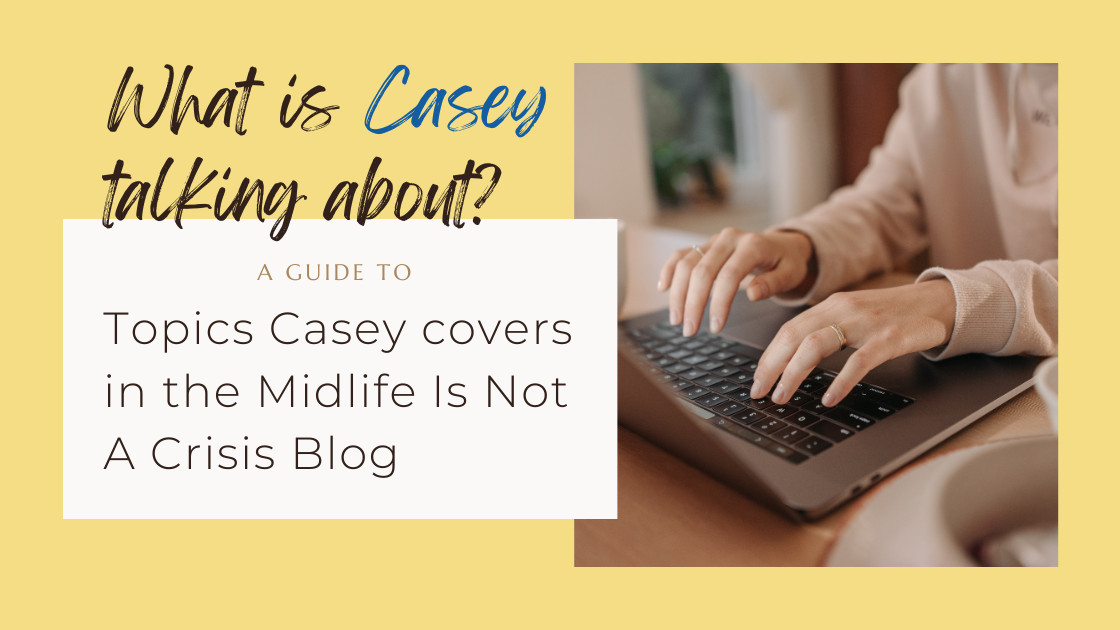
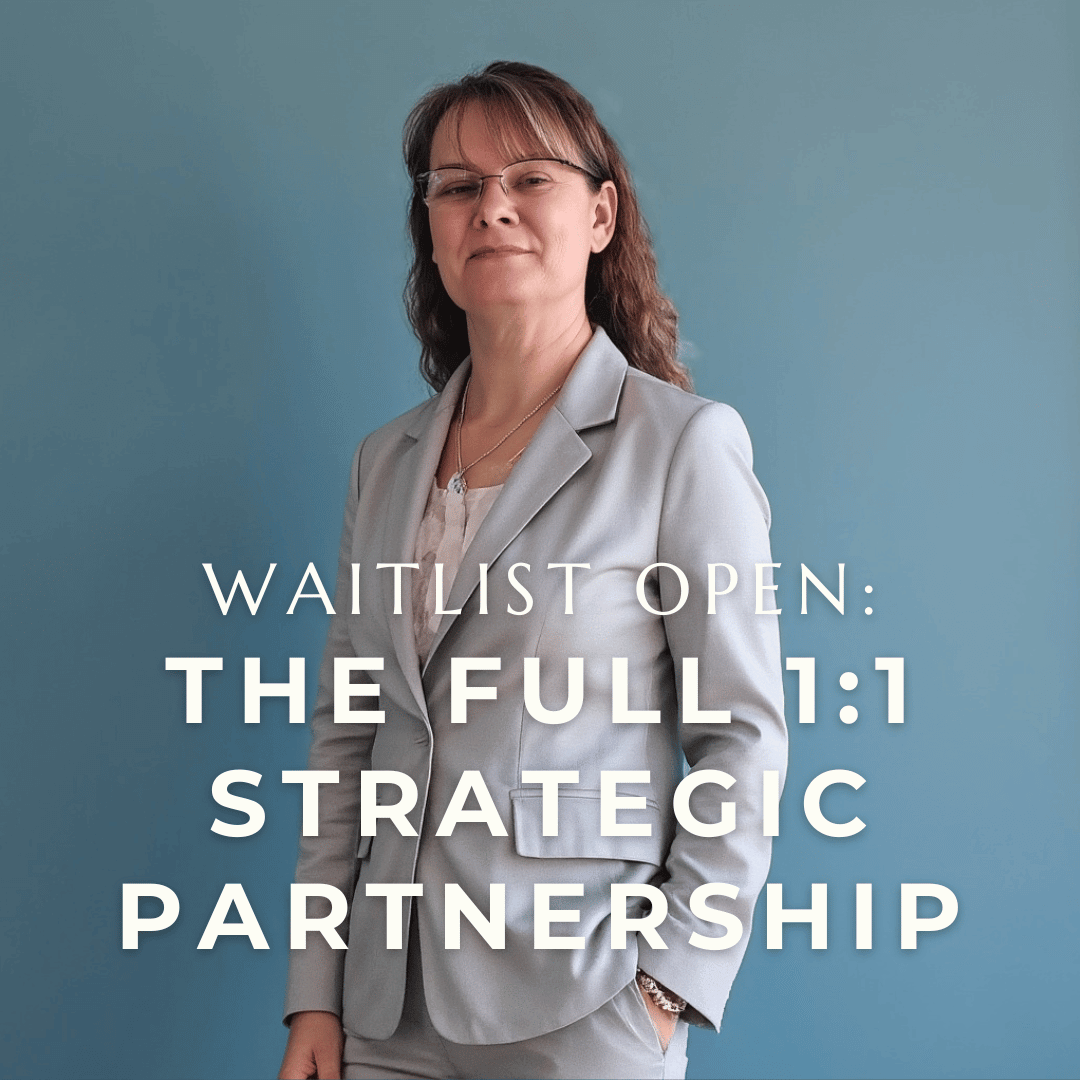
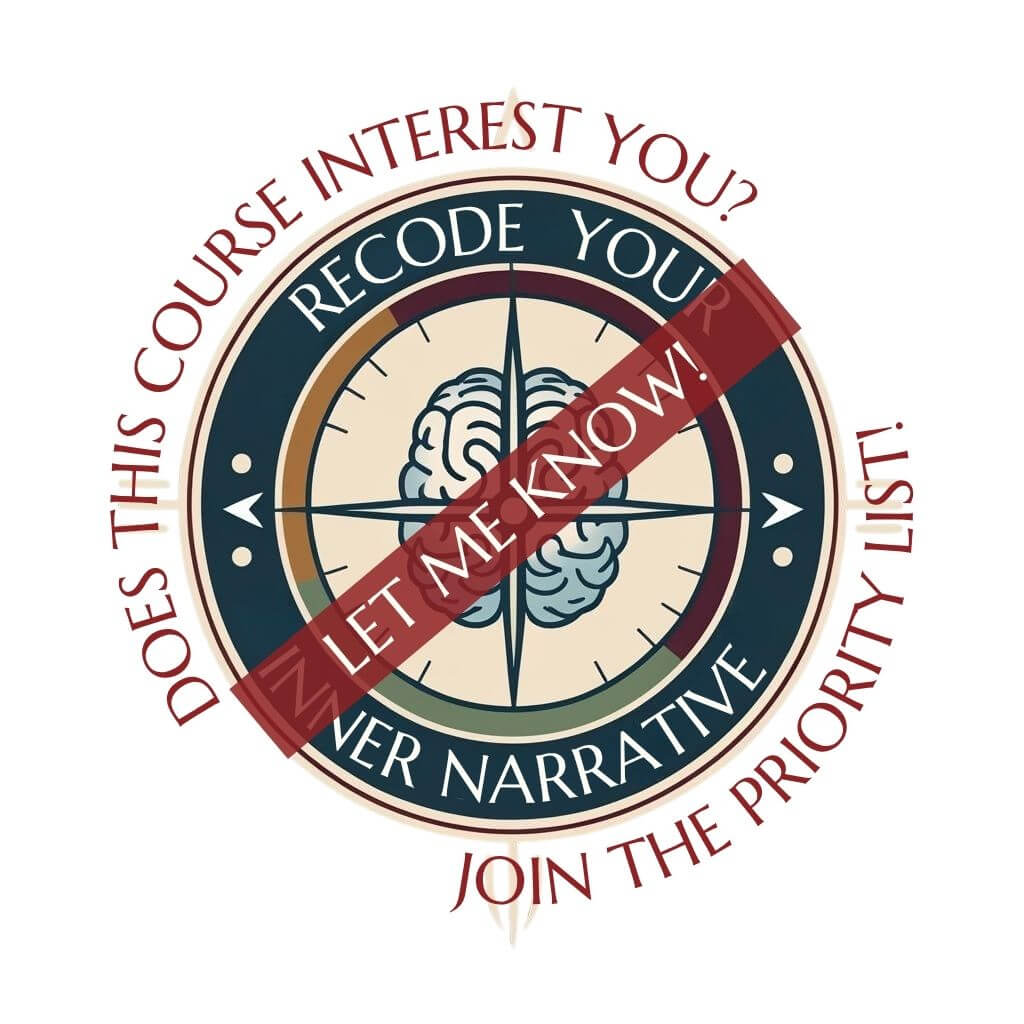 Your inner voice is your most powerful operating system.
Your inner voice is your most powerful operating system.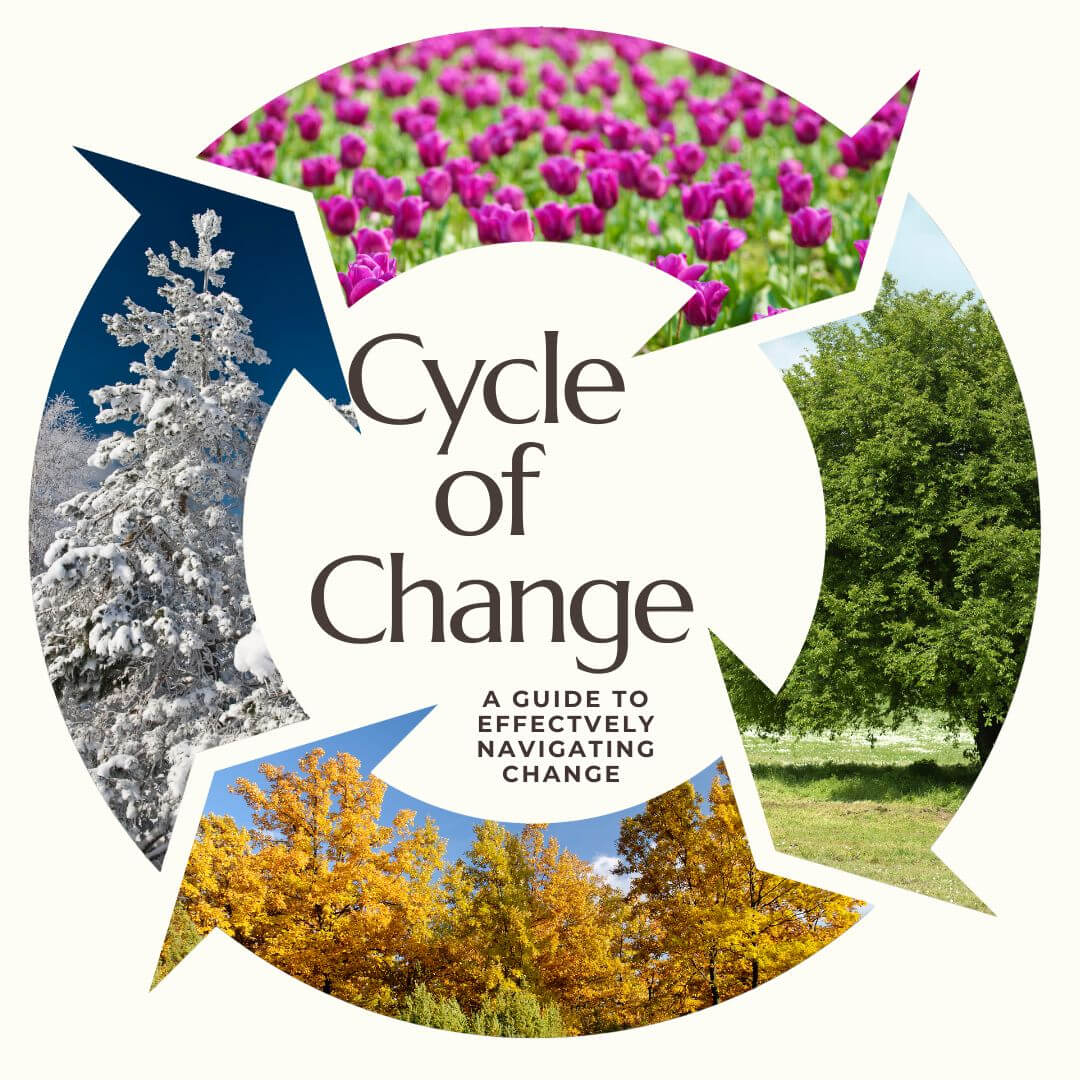
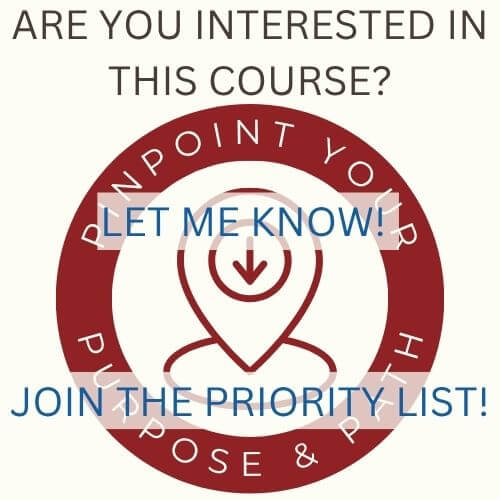


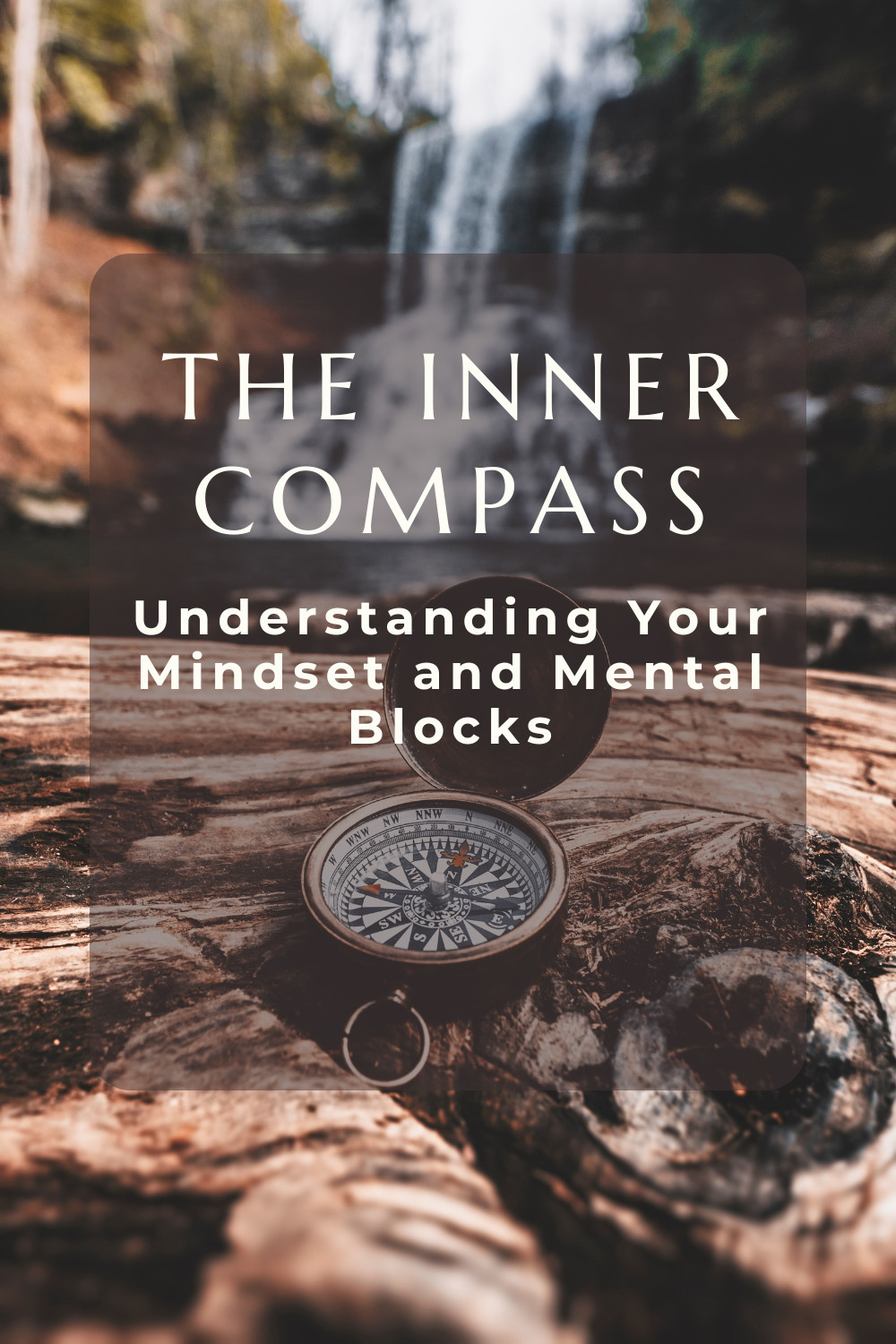
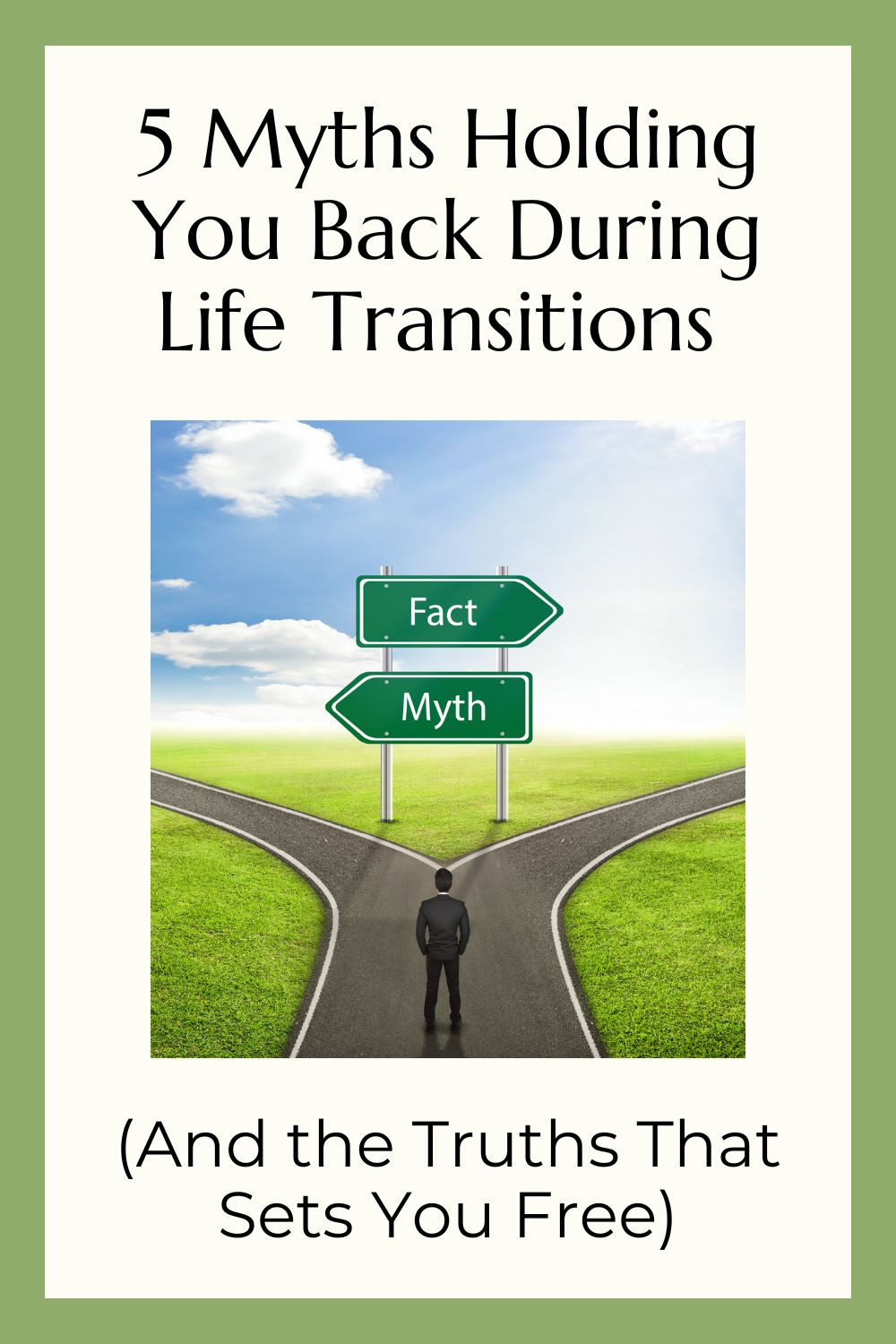





0 Comments